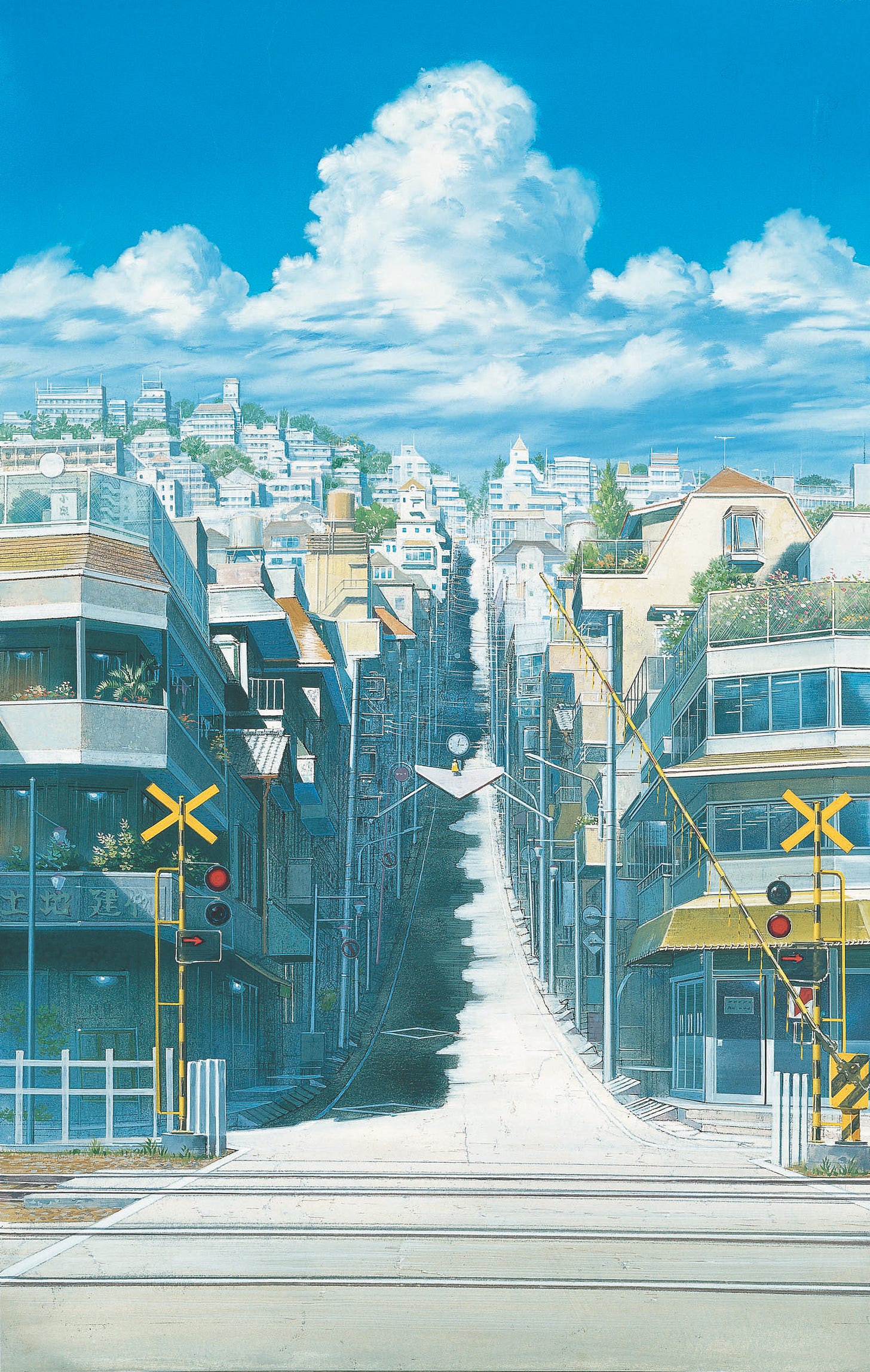Head in the Clouds
Anime lost a legend this week: art director Nizo Yamamoto. His work transformed the medium from fantasy into an all-enveloping reality for fans.
We love it when anime transports us to castles in the sky, or lets us leap through time. We lavish attention on directors of anime, and also on the animators who keep the protagonists and antagonists moving, and on the voice actors who bring the cast to life…




